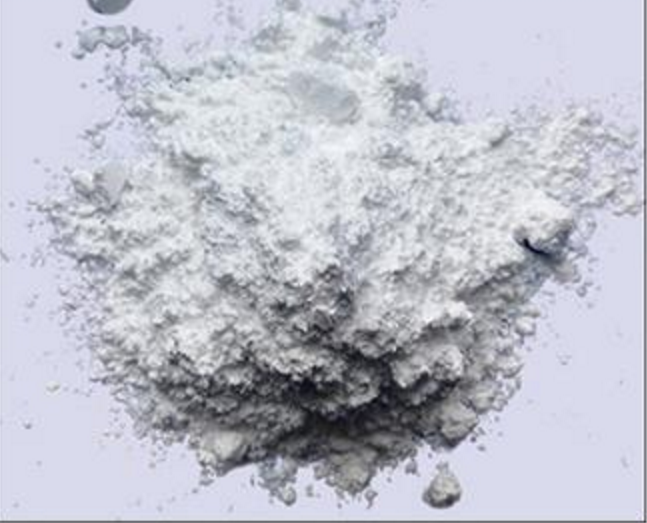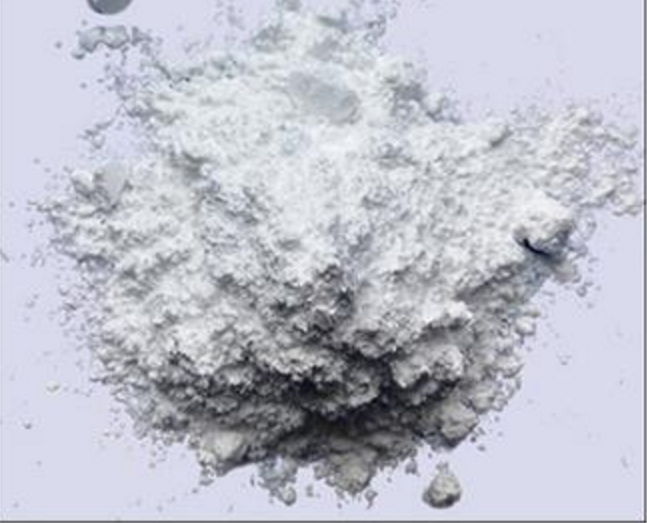The principle of flame retardant
1. Produce a gas that can smother the flame. For example, antimony trioxide, when it encounters HCL emitted by combustion in PVC, it reacts to produce a smoldering gas, that is, the nitrogen oxide of antimony.2. It absorbs the heat generated during combustion and plays a role of cooling and slowing down the combustion rate. For example, aluminum hydroxide, the proportion of chemically associated water contained in its molecule is as high as 34%. This associative water remains stable at the processing temperature of most plastics, but begins to decompose and release water vapor when it exceeds 200°C. Moreover, for every gram of aluminum hydroxide to be decomposed, 36 kilocalories of heat must be absorbed.
3. Provide a coating that is insulated from oxygen. For example, the phosphide formed when the phosphate flame retardant burns is the oxygen barrier coating.
4. Generate free radicals that can react with plastics and play a flame retardant effect. The combustion properties of their reaction products with plastics are extremely poor.








